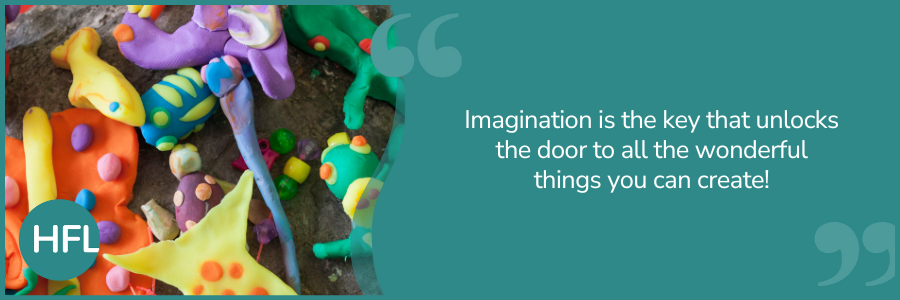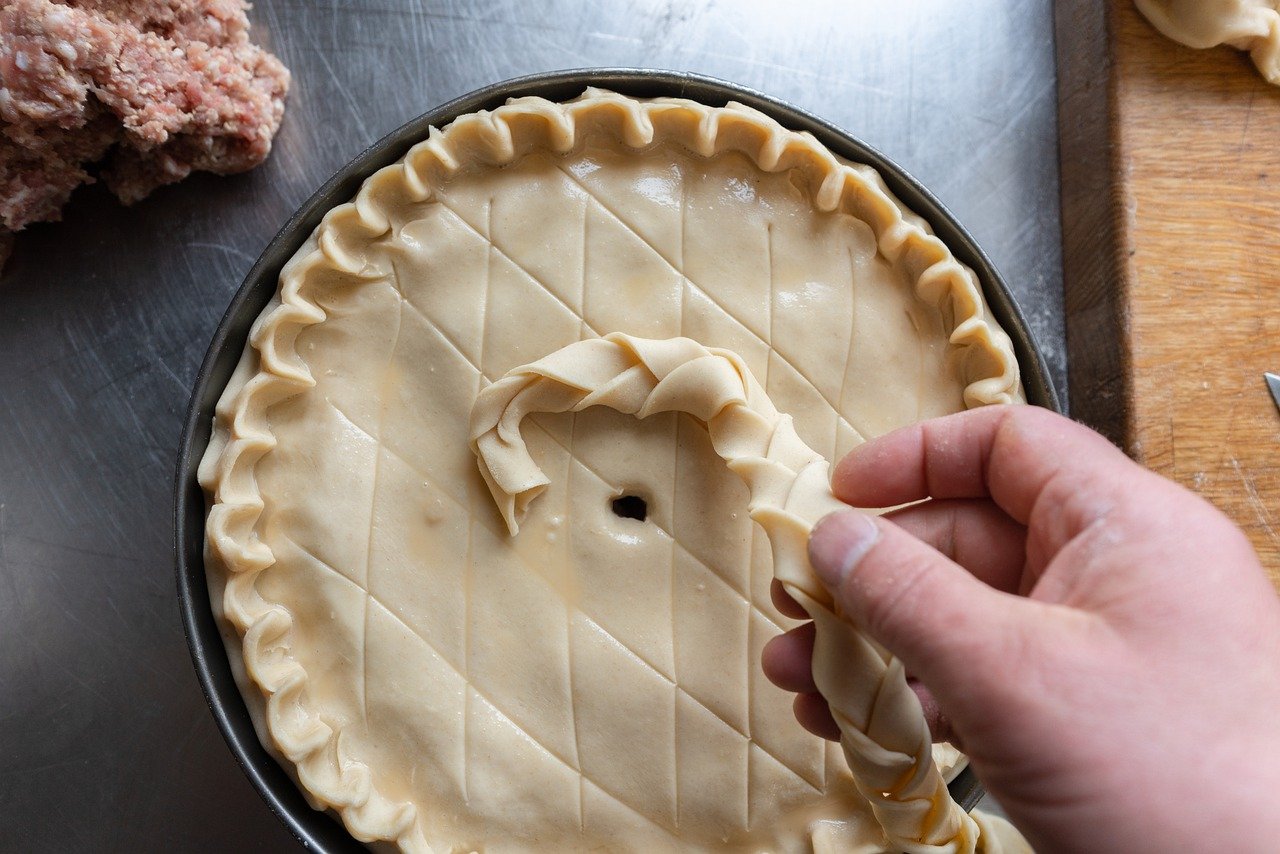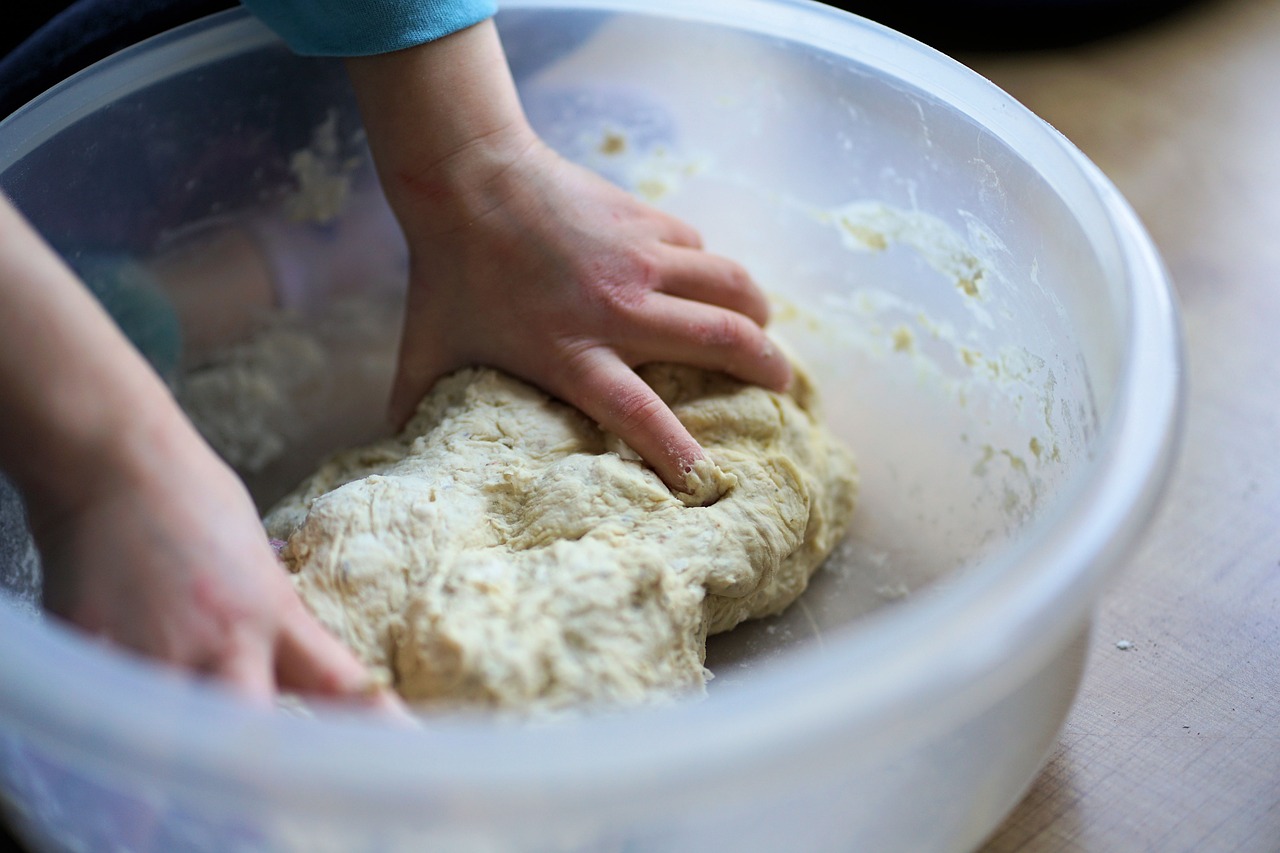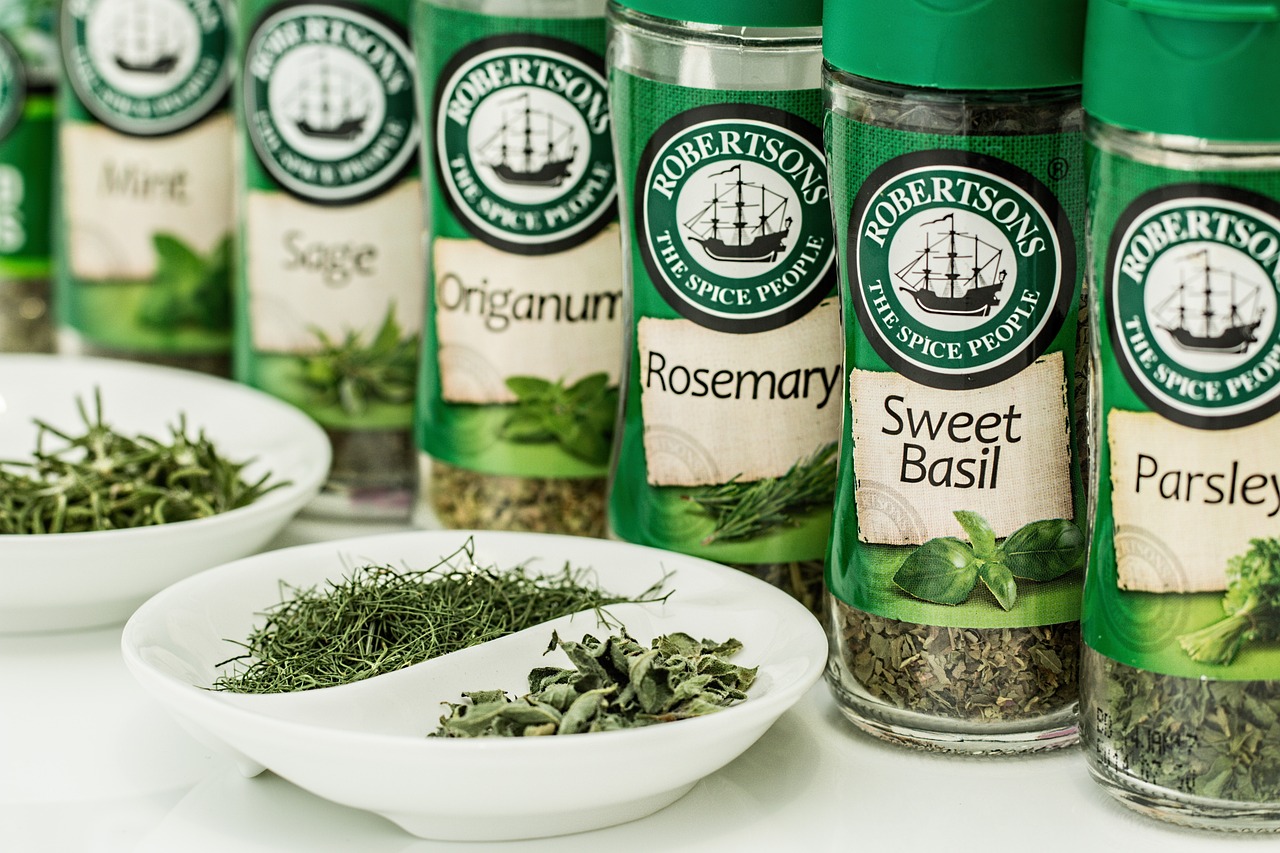
My earliest memory of exploring dough was probably not dough at all but left over pastry from when my nan made jam tarts or mince pies. Squashing and squeezing the strips of pastry, making ‘snakes’ and rolling the off-cuts into a ball - little did I know that I was developing hand-eye co-ordination, strengthening the muscles in my fingers and being imaginative!

Using dough in the environment, whether commercially made or created by children and practitioners, provides many opportunities for children to develop not only their fine motor skills, but skills of communication, resilience, collaboration, self-regulation, and problem solving. Fine motor control and precision helps with hand-eye co-ordination which is later linked to early literacy.’ (Development Matters, July 2021)
Staying safe - Flour is a raw food
In April 2024, the Food Standards Agency (FSA) issued guidance on reducing the risk of becoming ill when using flour, as it is a raw product and can carry bacteria. One of the recommendations was to heat treat flour before using to make playdough. This guidance was updated in August 2024, details can be found here and explains the risks of consuming uncooked flour ‘It is particularly important for vulnerable people, such as young children, those with compromised immune systems and older people, to follow this advice because their immune system may not be able to fight off infections as easily. They should also take care when handling flour and flour products and follow the advice on the 4Cs: cooking, cleaning, chilling and avoiding cross contamination.
FSA advice for using flour for play activities recommends ‘When using uncooked flour or flour products not intended to be eaten e.g. dough for crafts and play, you may wish to use this advice to support how you manage the risks during these activities.’ In short, practitioners should decide the risk associated for children in their care and following FSA guidance if a risk is identified.
A final word of caution, traditional playdough should not be eaten due to the high salt content – it is poisonous to animals.
Learning through play
During their play with dough, children often talk about and replay their life experiences and through interactions, adults can introduce new vocabulary and develop understanding of key concepts. Often children will be observed repeating play scenarios with dough – a firm favourite, is making cakes, so it’s a good idea to consider the skill development in dough and what opportunities you could provide to teach a different skill, for example, how to use a knife and fork and cut the dough into small pieces. Additionally, opportunities to learn about the world around them including life cycles for plants and animals by modelling, for example, frog spawn, tadpoles, froglets and frogs.
There are so many mathematical opportunities including measuring, weighing and capacity that can be taught and opportunities to learn about scientific processes and observe changes of state. In my experience, children are very motivated to make the dough and there is something wonderful about getting a little bit messy!
Sometimes playdough can become crumbly after a day or so, I would recommend putting it in a tough spot to prevent the carpet and shoes becoming encrusted. Children will need the resources to tidy up after playing, so providing dustpans and brushes, brooms, and cloths to promote independence and is a great activity to develop fine and gross motor skills.

A Basic Recipe
This recipe is the basis for good playdough that will last a few days. You could consider making dough in advance and storing in a fridge or even freezing it. The dough won’t freeze completely, due to the salt content, but can be used from frozen to provide an additional cutting challenge.
Traditional Playdough
- 2 cups of plain flour
- 1 tbsp oil
- 2 cups of water
- 1 cup of salt
- 1 tsp of cream of tartar
A basic playdough recipe should be the staple of the EYFS classroom after which the enhancements are almost limitless. The addition of textures, smells, colour, and resources to entice children to be imaginative need to be available to support learning and follow interests.
Preparation is the key, so I have listed some ways to enhance plain dough.
- Texture – add rice to develop a pincer grip. Using forefinger and thumb to remove grains of rice from dough requires persistence
- Colour – add natural colour with turmeric or commercially available dyes for a more vibrant colour
- Smell – add herbs and spices, vinegar, and lemon to provide a natural sensory experience – rosemary leaves is one of my favourite smells. I liked to challenge the children to guess the smell applying all their previous knowledge to identify the odour – vinegar was always popular and provoked lots of conversation about fish and chips!
- Enhancements – collect small pieces of straw or match sticks to represent candles, cake cases, small sticks, and ribbons to press into the dough
- Something different – try swapping out some of the flour for coco powder, which looks inviting and fills the classroom with the smell of chocolate
- Gluten Free – using white rice flour and corn flour, you can make gluten free playdough. It is a slightly different texture to wheat flour dough and is an alternative if gluten is a substance that you would like to avoid in your setting
- Salt Free – Salt and cream of tartar help playdough to last longer. If you would prefer a salt free option, mix flour, oil and water then spent time kneading until a dough is formed

If you try some of the suggestions above in your setting, we’d love to hear from you.
References
Handling flour and flour products safely | Food Standards Agency
E. coli | Food Standards Agency




